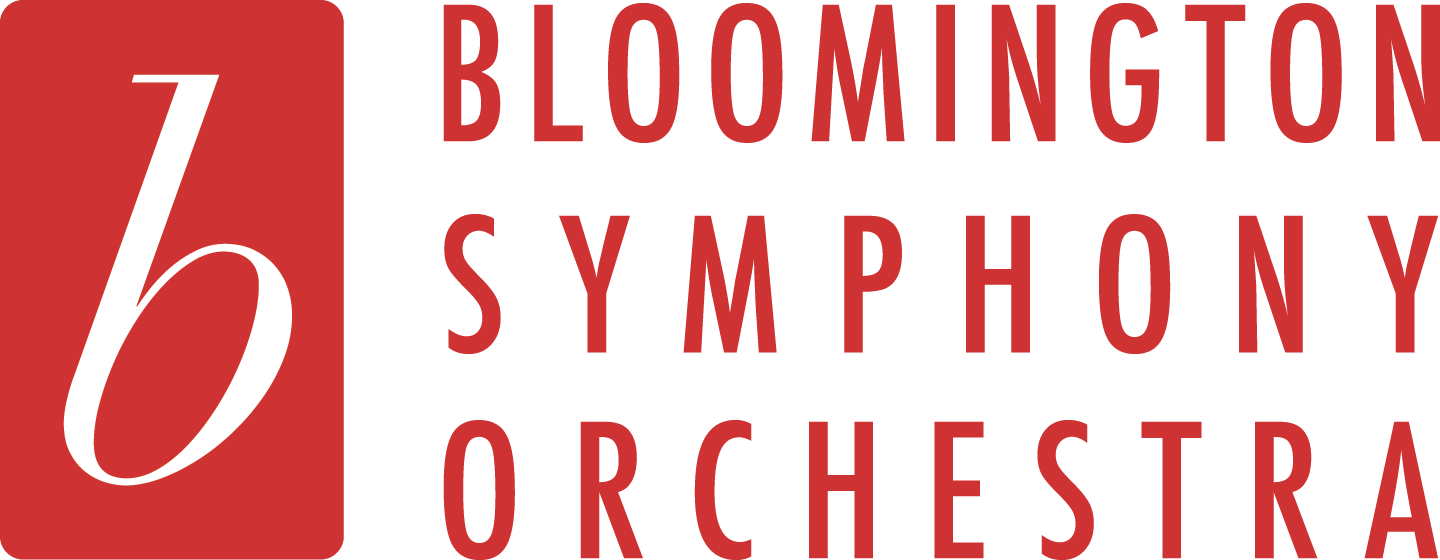Before each concert, we share Manny’s Musings, thoughts from our Music Director and Conductor, Manny Laureano. This is the final edition of the Musings for the 2014-15 season. We hope you enjoy this preview of “Pictures at an Exhibition.”
Modest Moussorgsky (1839-1881) and his Pictures at an Exhibition orchestrated by Maurice Ravel occupies a cornerstone of the orchestral literature both as a masterwork of inspired composition and brilliant orchestration. There are over two dozen versions of the Russian Moussorgsky’s piano piece but the popularity of this orchestration by Ravel endures as the favorite of concert audiences. To be fair, it is the most often-played version and most people have not heard the other versions. A partial listing might include the first orchestration by Mikhail Tushmalov or Sir Henry Wood or Leopold Stokowski. There’s an arrangement for brass choir by Elgar Howarth for the Philip Jones Brass Ensemble. In 1977, I went on tour as principal trumpeter for the rock trio Emerson, Lake & Palmer and played their version. Even a version for solo trumpet and organ was written by the American trumpeter Vincent DiMartino. Clearly, the music is evocative enough to bring clear images to the mind and compelling enough to incite musicians to try their hand at making their own personal statement. But cream does tend to rise and Ravel’s orchestration continues to be the favorite world-wide.
You may remember from our previous discussions of Borodin that Moussorgsky was one of a group of Russian composers known as “The Five” who tasked themselves with creating concert music that would be representative of a Russian musical language and style. Moussorgsky’s modal key centers and free use of changing time signatures stays within that language in an exemplary fashion. It was then up to Frenchman Maurice Ravel to set about doing what he did best as one of the pre-eminent orchestrators of the late 19th and early 20th centuries and bring Moussorgsky’s piano music to life with vivid instrumental color.
The pictures from this particular exhibition came from the mind of a recently deceased painter and friend of Moussorgsky named Victor Hartmann. After Hartmann’s death from an aneurysm, Moussorgsky was driven to honor him with a piece of music depicting several of these Russian-themed paintings. Hartmann’s paintings aren’t the only depiction, however. The piece begins with a Promenade which is repeated in a variety of keys and characters throughout the 40-minute work. These Promenades have in common changing meters and strategically placed eighth notes that portray a less-than-graceful awkwardness. They fairly represent Moussorgsky’s moving from one painting to another with a heavy limp that revealed his own physiognomy. It may have even given us a peek at the alcoholism that began upon learning of the death of his mother, a passing which affected him greatly. Sometimes the Promenades precede each picture. Other times, Moussorgsky seems to be standing in front of two pictures and steals a gaze at one before completely finishing looking at the other. Ravel challenges the listener to hear sounds not always associated with a symphony orchestra such as a saxophone singing the ballad of a troubadour before an old castle. Then there’s the tuba in the altissimo register providing us with the complaints of an old ox pulling a loaded cart. A piccolo, snare drum, and tiny cymbals peck at an egg shell before the newly-hatched chick falls in exhaustion, his work accomplished. Snarling brass make a gnome seem larger than life. Seeing the pictures themselves is far less important than the pictures you conjure in the same way as Shakespeare exhorted you to “work your thoughts” (Henry V) in order to see the magic created by Moussorsgky and then Ravel many years later after the composer’s death.
Join Music Director & Conductor Manny Laureano, for the concert, “Music in 3D: The Sequel” featuring Sara Melissa Aldana, winner of the CodaBow prize at the Mary West Solo Competition, as soloist. The concert takes place on Sunday, April 19 at 3 p.m. at St. Michael’s Lutheran Church in Bloomington. To learn more about the concert, click here, or to order tickets online through the Bloomington Box Office or by calling 952-563-8575.
